Time: The middle of the nineteenth century
Place: Bly, an English country house
Prologue
A singer known as Prologue tells about a young governess (who remains unnamed throughout the opera) he once knew who cared for two children at Bly House. She had been hired by their uncle and guardian, who lived in London and was too busy to care for them. After hiring her, he laid three stipulations on the Governess: Never to write to him about the children, never to inquire about the history of Bly House, and never to abandon the children.
Act 1
The Governess is apprehensive about her new position. When she arrives at Bly House, the housekeeper, Mrs. Grose, and the children greet her. When the Governess sees Miles, the little boy, their eyes lock and the Governess feels as if she has a strange connection with Miles. Mrs. Grose interrupts their reverie and leads the Governess off to explore the beautiful land around the house. The Governess sings that all her fears are now gone. A letter from Miles' school arrives, advising the Governess that the boy has been expelled but giving no reason. The Governess is sure that Miles, like his sister Flora, is too innocent to have done anything bad enough for expulsion. Encouraged by Mrs. Grose, she decides to ignore the letter.
The Governess sings about her wonderful position at the house and the beautiful children she has in her care. But she is troubled by footsteps she has heard outside her door and cries in the night. Suddenly, she spots a pale-faced man perched on a tower of the house. When the man disappears, she becomes frightened and wonders if she has seen a ghost. Her mind is put at ease by the playing of the children, and their singing of the nursery rhyme "Tom, Tom, the Piper's Son". Later she sees the same man looking in through a window. She decides to ask Mrs. Grose about the man. Based on her description the housekeeper tells the Governess about Peter Quint, the former valet at Bly House. Mrs. Grose implies that Quint may have been a pederast who preyed on Miles, and that he had a sexual relationship with Miss Jessel, the young and beautiful previous governess. Mrs. Grose hints that Miss Jessel, too, had a relationship to the children that seemed inappropriately close. The housekeeper did nothing, since Quint intimidated her, and she explains "it wasn't my place". Miss Jessel left the house and eventually died. Shortly thereafter, Quint died under mysterious circumstances on an icy road near Bly House. The Governess rededicates herself to protecting the children. The next morning, the Governess is teaching Miles Latin, when he suddenly enters into a trance-like state and sings a song, "Malo".
Later that day, the Governess sits by the side of a lake with Flora. Flora recites the names of the seas of the world, finishing with the Dead Sea. Flora's comparison of the Dead Sea with Bly House unsettles the Governess. As Flora plays on the shore with her doll, the Governess suddenly sees a strange woman across the lake who seems to be watching Flora. The horrified Governess realises that the woman is a ghost — the ghost of Miss Jessel, who has returned to claim Flora. The Governess hurries Flora home to safety.
That night, Miles and Flora slip out into the woods to meet Miss Jessel and Peter Quint. The children fantasize about a world where dreams come true. The Governess and Mrs. Grose arrive as the children are about to be possessed, and the spirits depart. Miles sings a haunting song about how he has been a bad boy.
Act 2
The ghosts of Peter Quint and Miss Jessel reappear. They argue about who harmed whom first when they were alive, and accuse one another of not acting quickly enough to possess the children. In her room, the Governess worries about the evil she feels in the house.
The next morning, the family goes to church. The children sing a song which sounds similar to a psalm. Mrs. Grose declares that nothing can be wrong if the children are as sweet as this. The Governess tells her of Miles' unearthly day-dream song and Flora's bizarre behaviour. Alarmed, Mrs. Grose advises the Governess to write to their employer in London. At first, the Governess declines, recalling her employer's admonitions before she took the job. But when Miles mentions the ghosts of Quint and Jessel, the Governess realises things are much more dire than they seem. She resolves to leave Bly House.
After church, the family returns home. The Governess goes into the children's schoolroom where she sees the ghost of Miss Jessel seated at the teacher's desk. The spectre bemoans her fate, and sings about how she suffers in the afterlife. The Governess confronts the spirit, which vanishes. Believing the ghosts may not yet have the upper hand, the Governess changes her mind, deciding to stay at Bly House after all. Instead, she writes to the children's uncle, informing him that she must speak with him.
That night, the Governess tells Miles that she has written to his uncle about the spirits haunting Bly House. She departs. The voice of Quint calls out to Miles, terrifying him. The lights go out, and the ghost hovers over the terrified child. Quint tells Miles to steal the letter. The boy goes to the schoolroom, finds the letter, and takes it back to his room.
The next morning, Miles plays the piano for the Governess and Mrs. Grose. While the Governess is distracted by his performance, Flora slips off to go to the lake. When the two women realise Flora is gone, they search for her. Finding the girl at the lake, the Governess sees the spectre of Miss Jessel nearby—but Mrs. Grose sees nothing. The Governess tries to force Flora to admit that the apparition is there, but Flora denies seeing anything and hurls invective at the Governess. Mrs. Grose, convinced the Governess has gone too far, angrily takes Flora home. The Governess feels betrayed by Mrs. Grose.
That night, Flora begins to rant and rave about committing unspeakable horrors. Mrs. Grose agrees to take Flora away from the house. The housekeeper tells the Governess that the letter was never mailed and that Miles must have taken it. The Governess confronts Miles alone. As she questions him, the ghost of Quint pressures Miles not to betray him. Hysterical, Miles confesses that he took the letter. The Governess demands to know who put Miles up to it. Miles blurts out Quint's name. At the mention of his name, Quint's ghost vanishes and Miles falls dead on the floor. A weeping Governess cradles the dead child in her arms, singing aloud of her grief and wondering if she did the right thing after all.


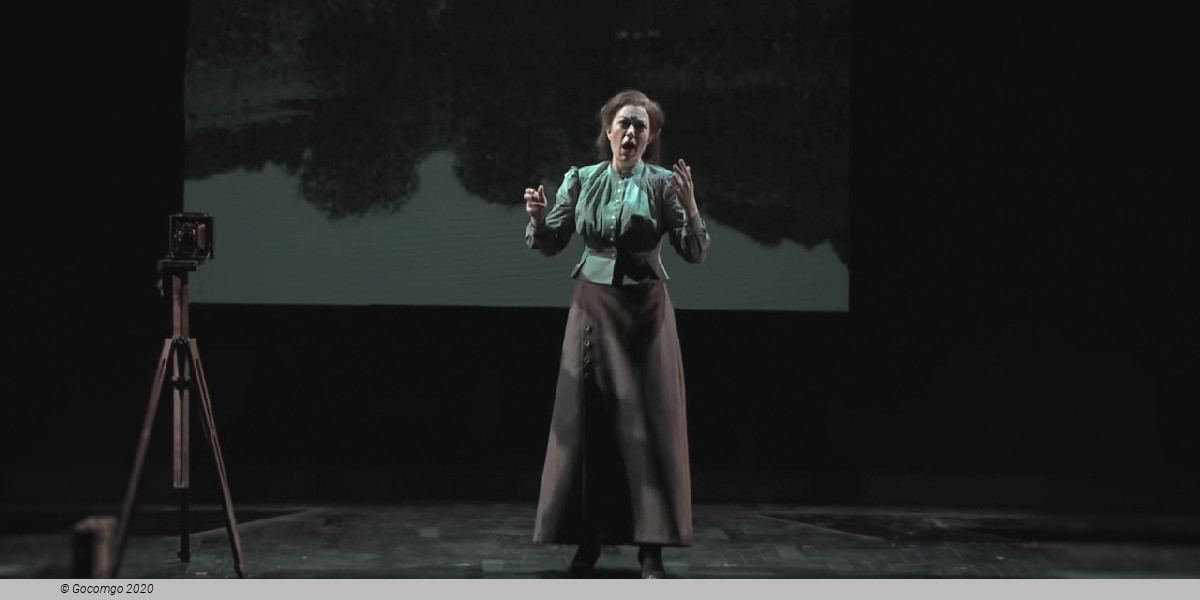
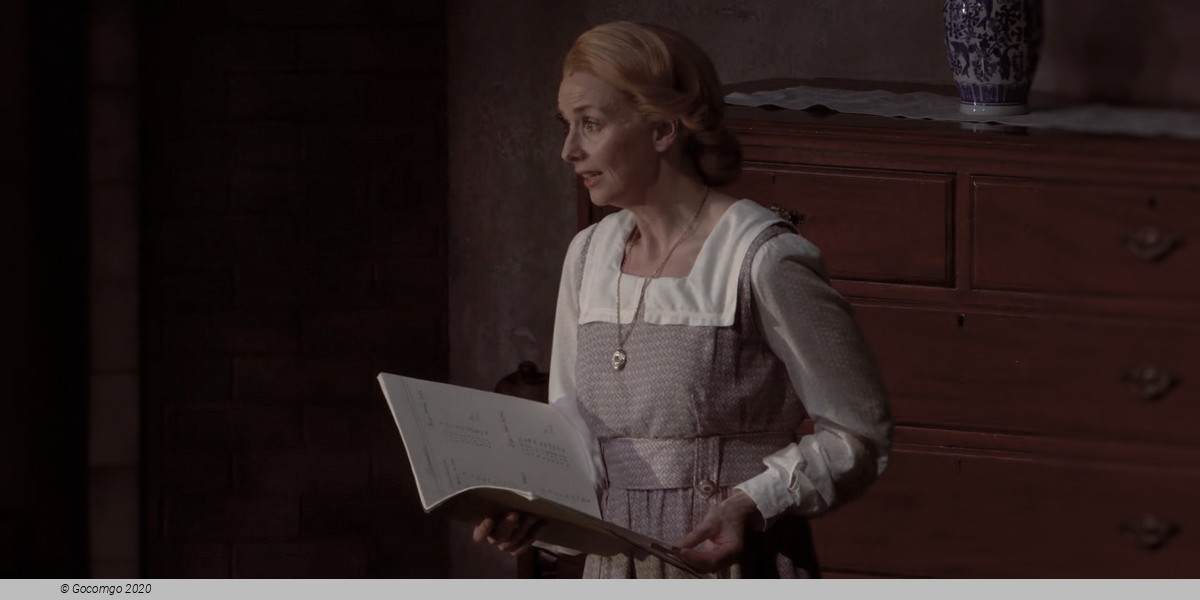
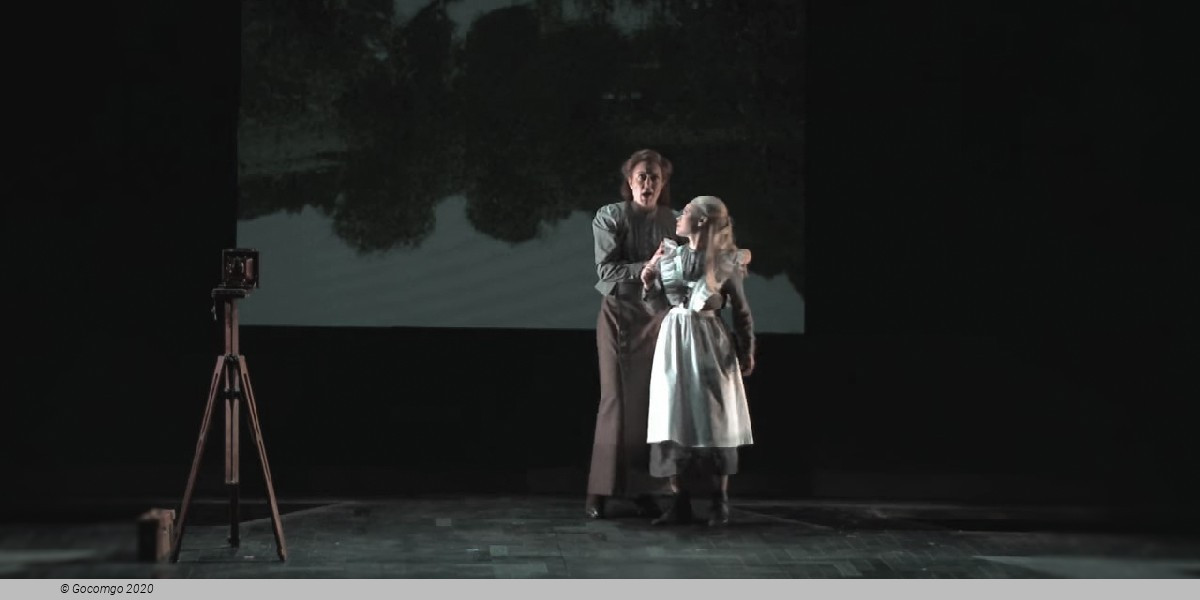
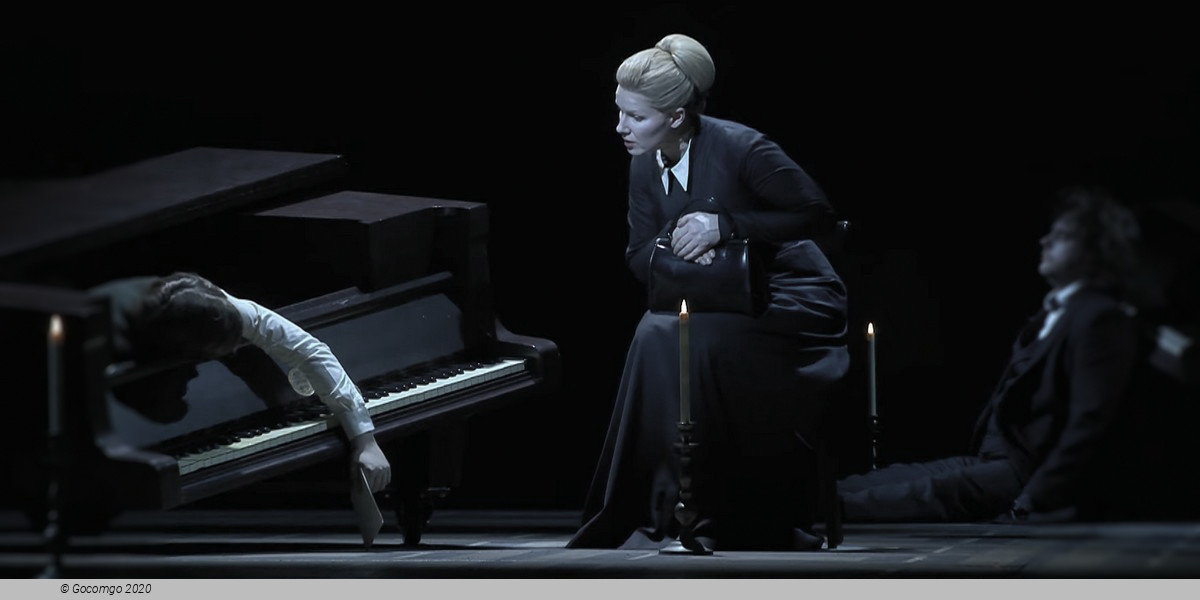
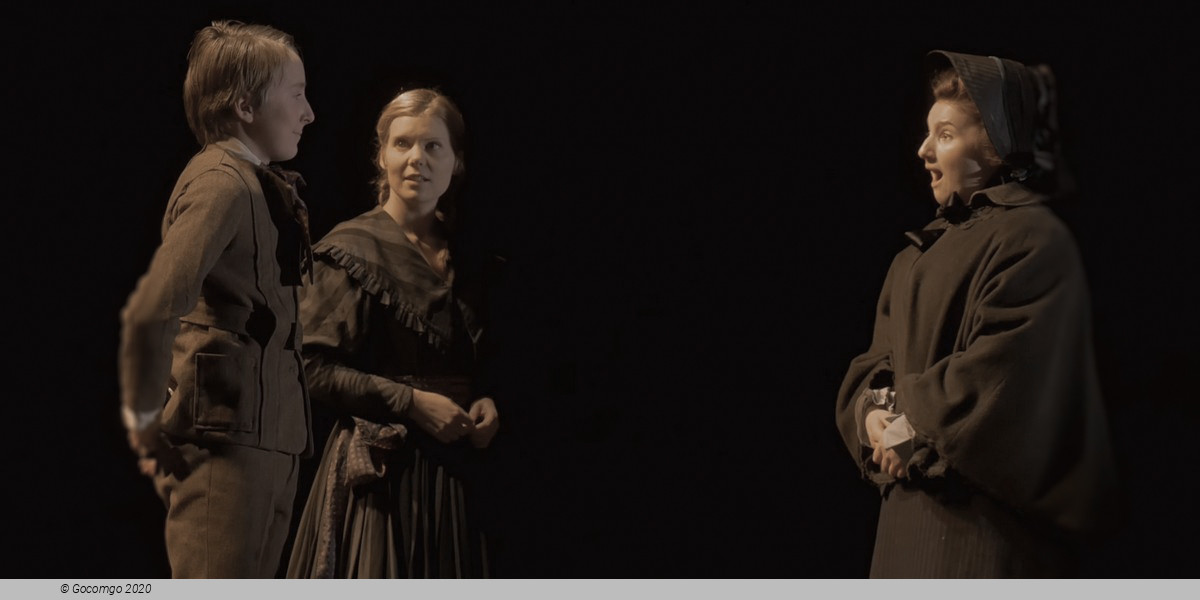
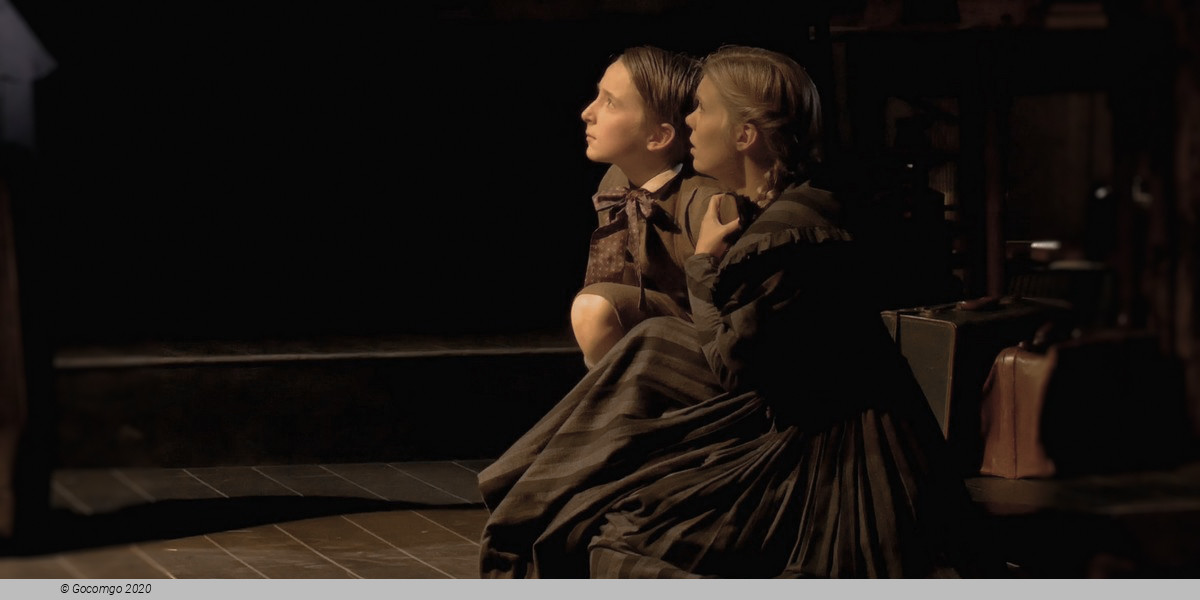
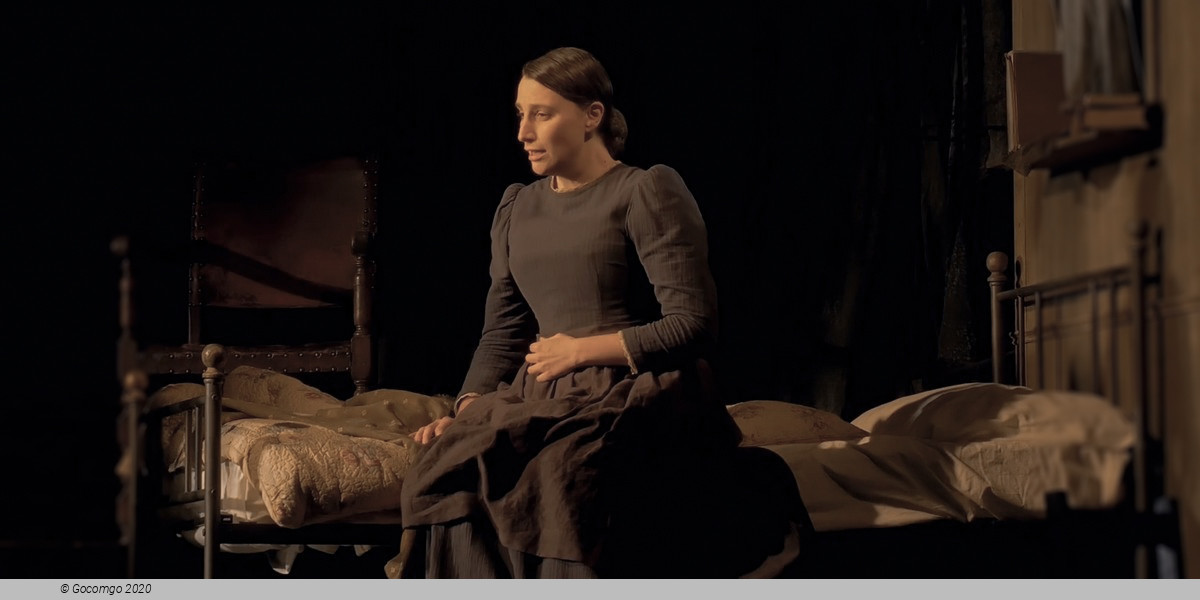
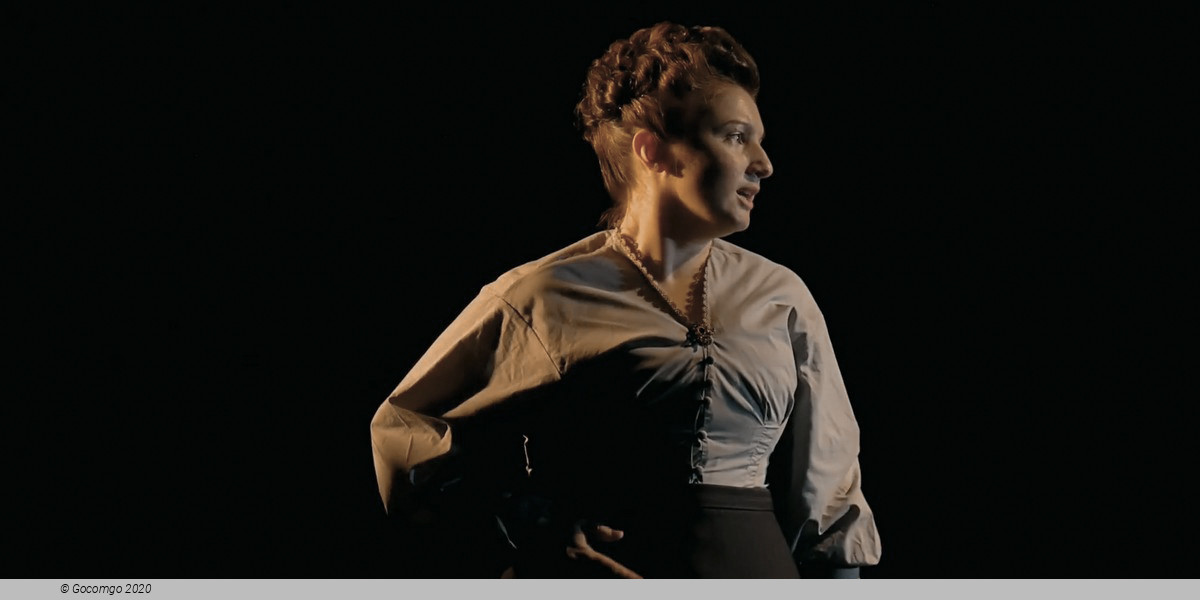
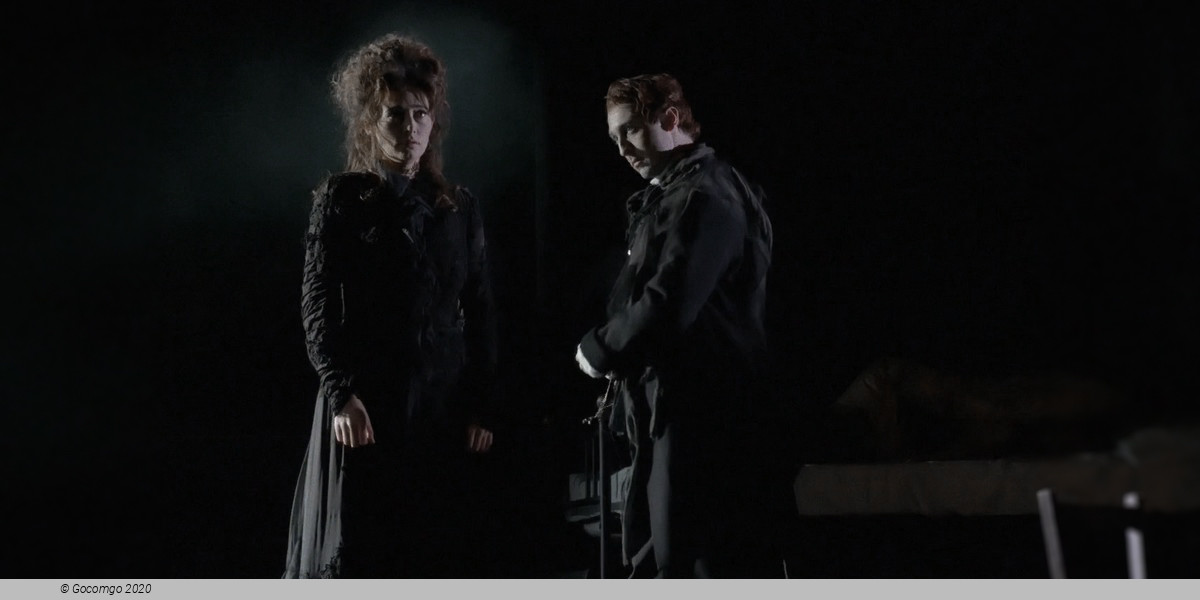
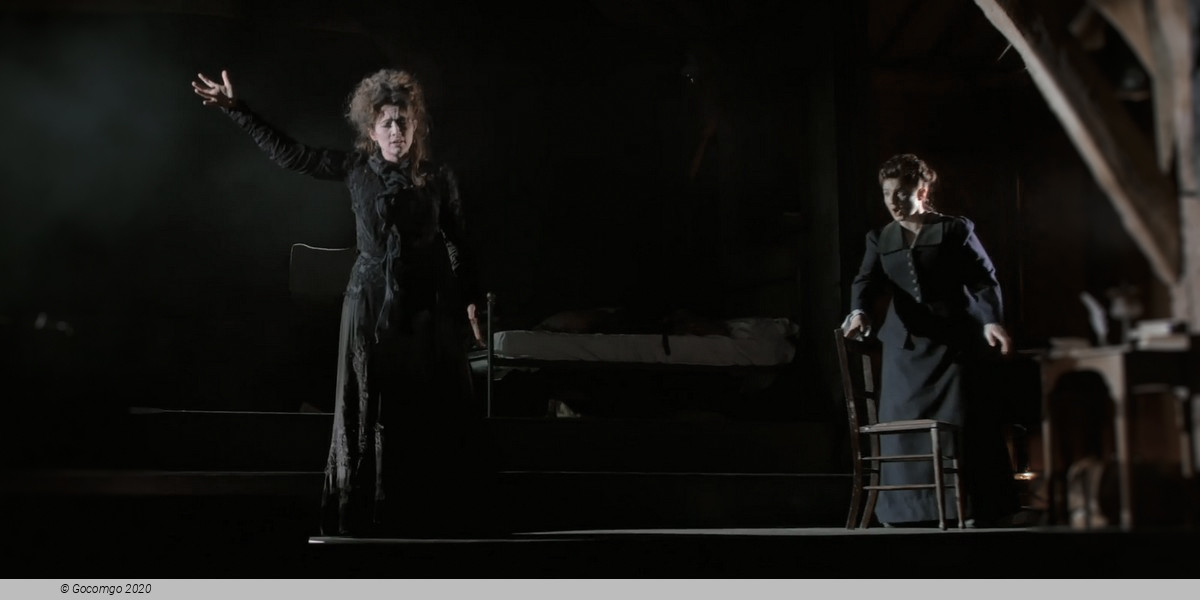
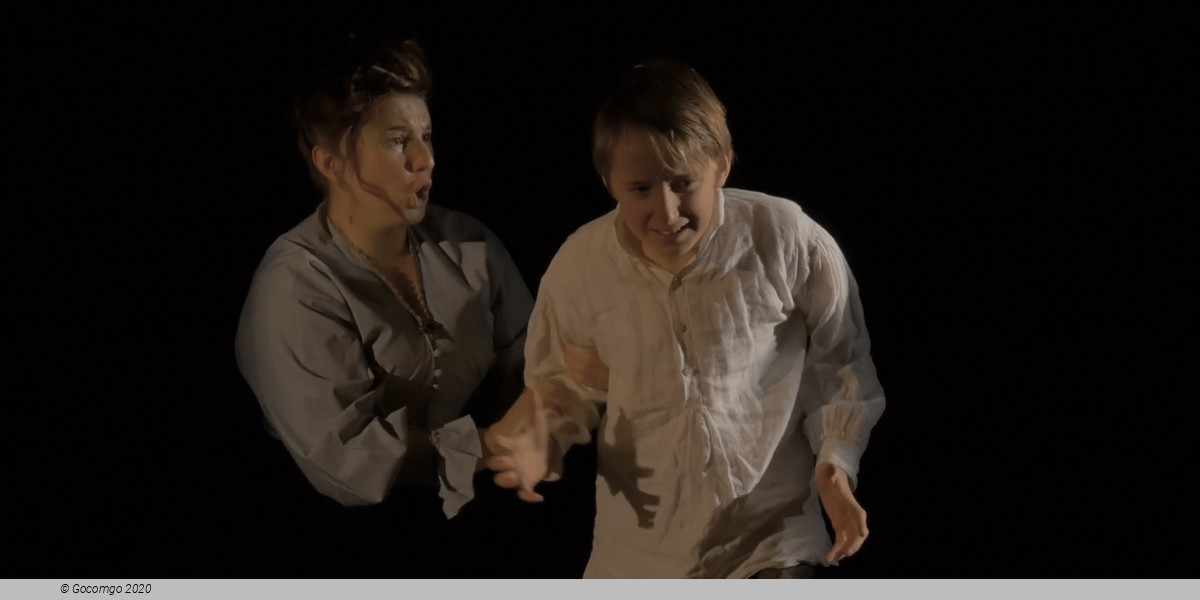
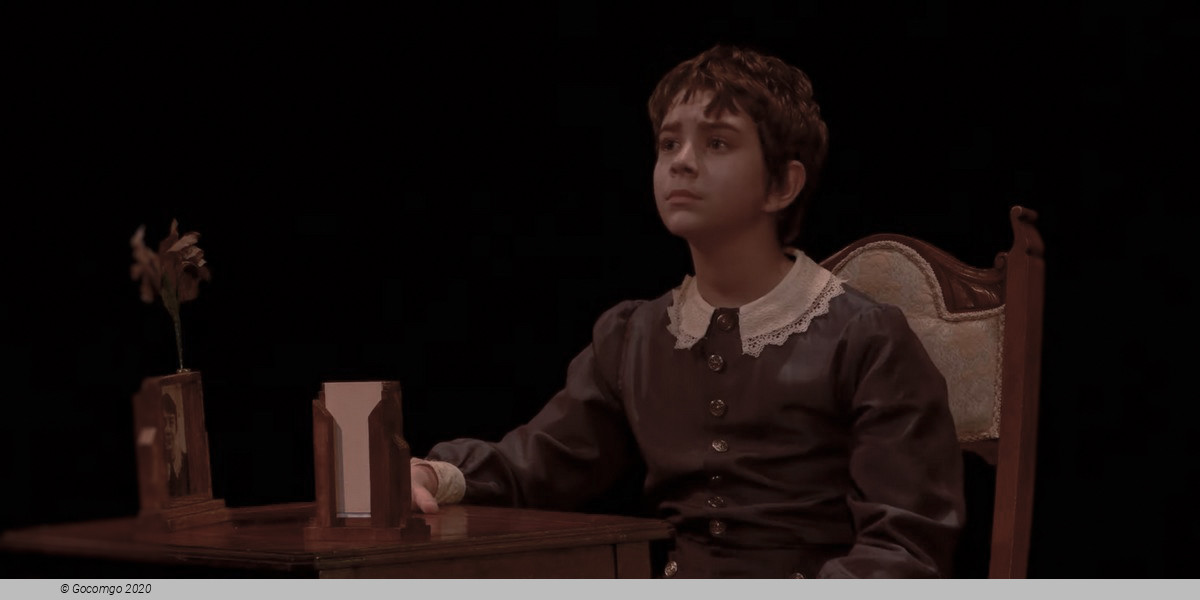
 Bow St, Covent Garden
Bow St, Covent Garden